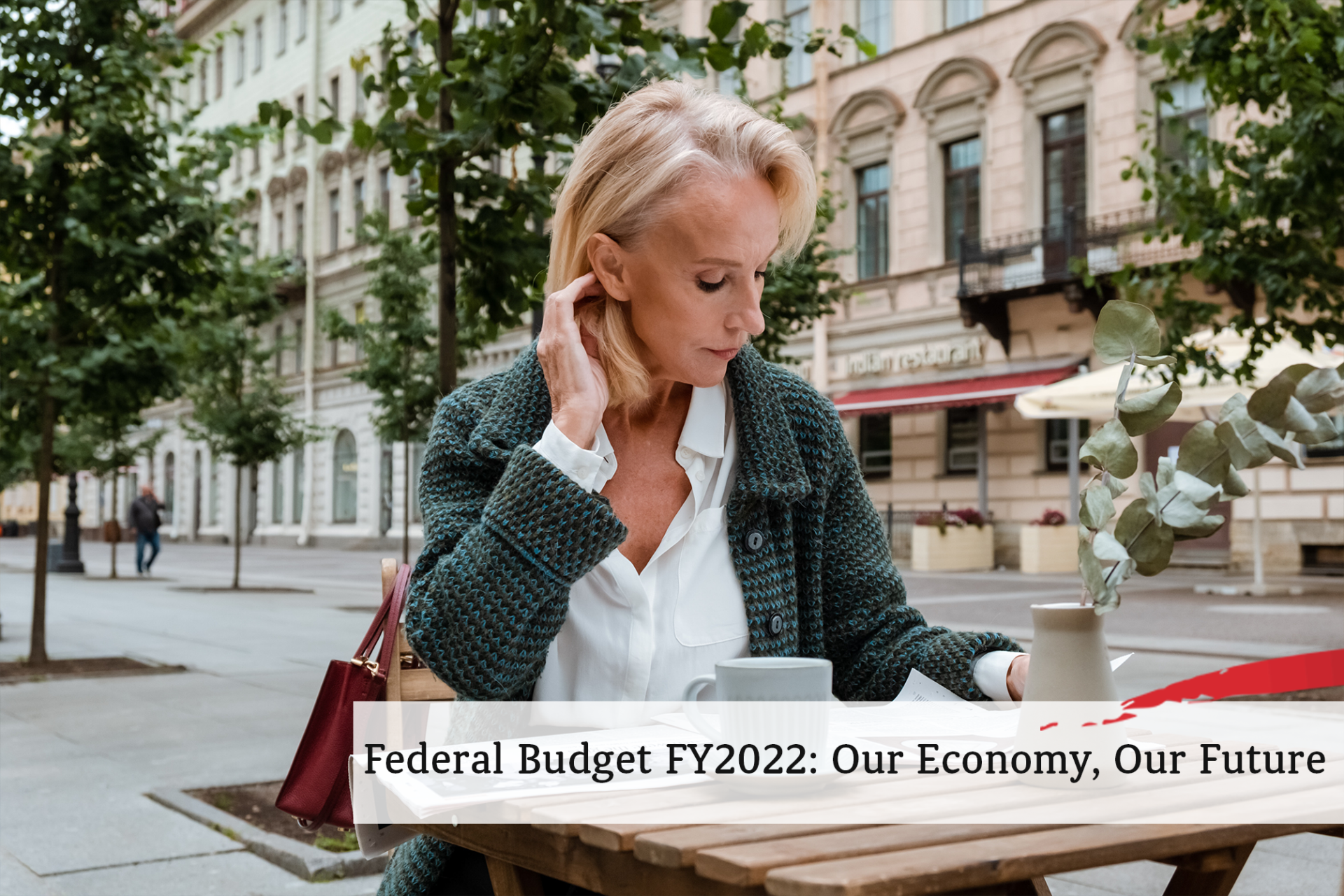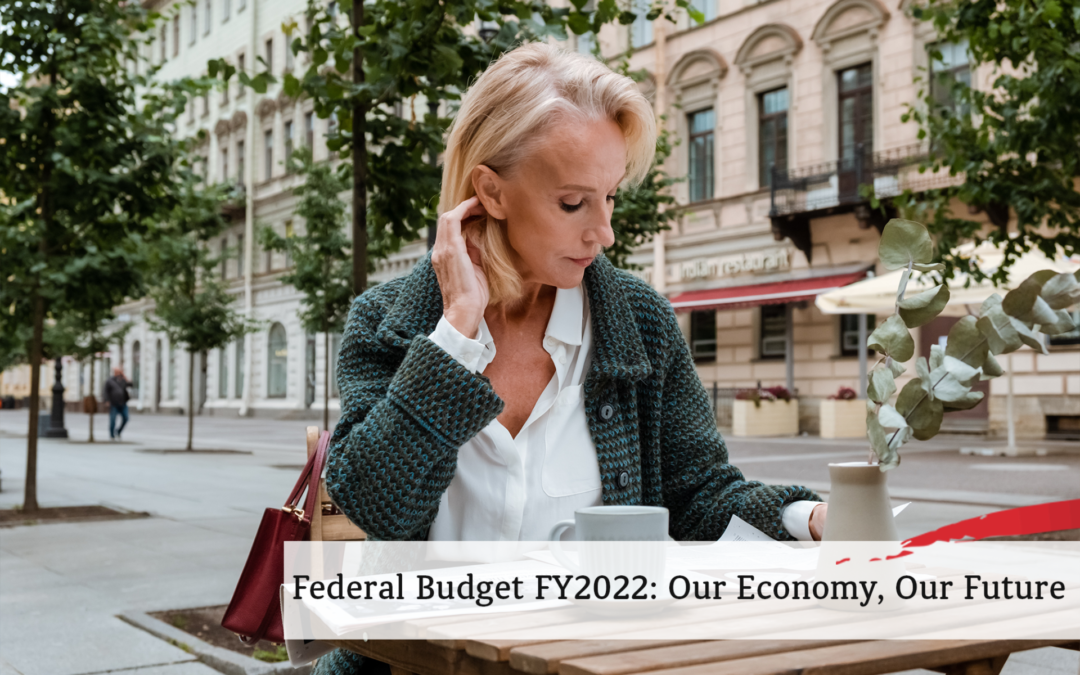
Last year’s successful response to COVID-19 has boosted Australia’s accounts in a way that has allowed the Government to refine its budget approach – spend, but not too much. As business confidence and the housing market soars, the focus has not been on budget repair but rather on creating more jobs and driving down unemployment, and thereby secure longer-term economic gains. Financial Adviser, Kosta Petrovic outlines a summary of the key announcements from the Federal Budget.
The budget uses some bold and unpredictable assumptions which include everyone in Australia to receive the COVID-19 jab by the end of the year and that Australia will allow international arrivals mid next year.
Below is a summary of Australia’s future bank account as a result:
- Debt – After hitting $617.5 billion or 30% of GDP in June 2021, net debt is forecast to rise to $729 billion by June 2022 (34.2% of GDP) and then rise to a peak of 40.9% of GDP by the end of the forward estimates in 2024-25
- Deficit (Profit & Loss) – The underlying cash deficit in 2020-21 is now forecast to be $161 billion or 7.8% of GDP. The 2021-22 deficit is now expected to narrow to $106 billion or 5 percent of GDP. By the end of the forward estimates, in 2024-25, the deficit is forecast to have declined to $57 billion or 2.4 % of GDP.
When you compare these numbers on a global scale, Australia is still in a relatively good position. The US for example had a debt to GDP ratio of 127%, which is expected to rise to 277% by 2029!
The Government is projecting a 5% unemployment rate which they hope to achieve by injecting funds into apprenticeships, aged care and infrastructure. Is it possible that the focus on employment has failed to address the issue of underemployment?
Wage growth continues to be a big talking point. In recent years wage growth has been sluggish and this is not forecast to change in the near future. In fact, the Government is forecasting real wages to decrease as a result of inflation.
Tensions and a trade spat with China have meant that the Department of Foreign Affairs and Trade will receive $198 million over 4 years to reduce the risk and allow diversification of trade agreements for Australian businesses.
Many Australian businesses rely heavily on migration to fill local jobs. The closure of international borders means that migration is expected to be 85% lower than previous years, equating to an increase of just 36,000 people. Since 2006 our country’s population has grown by nearly 240,000 annually. If predictions are correct, then Australia will experience the lowest population increase in more than 40 years.
In our view, while the budget contained targeted spending and almost nothing unexpected, Australia is still sitting pretty all things considered.
If you would like more information on any of the above, speak to your financial planner to discuss the strategies available to you.

